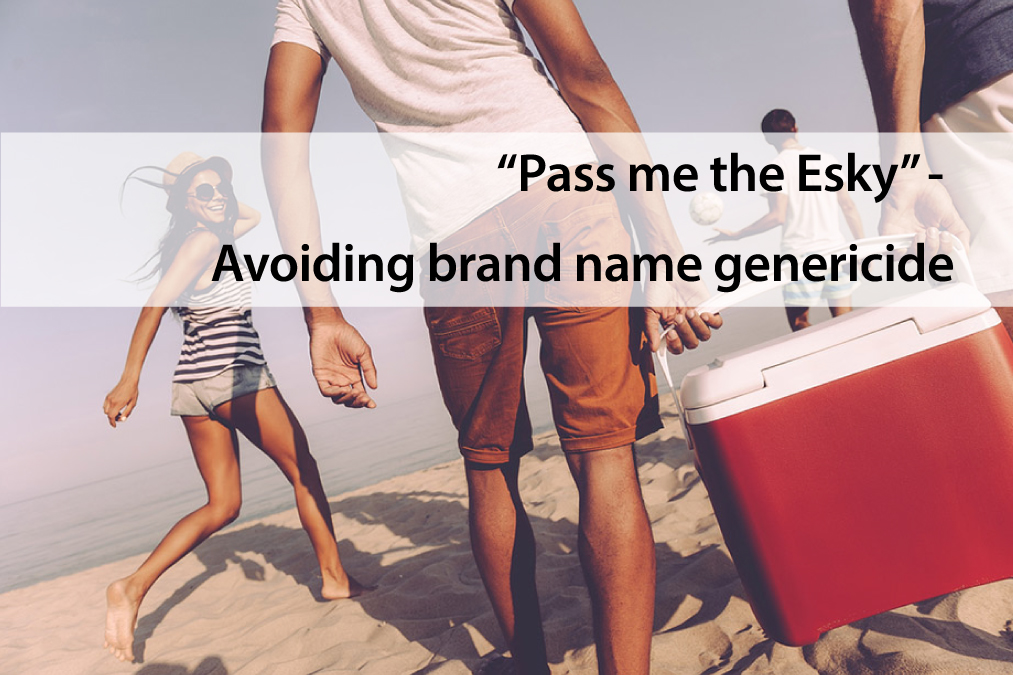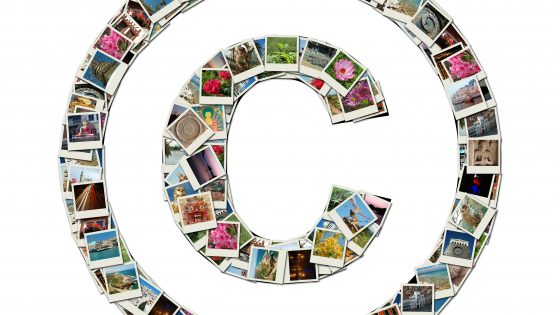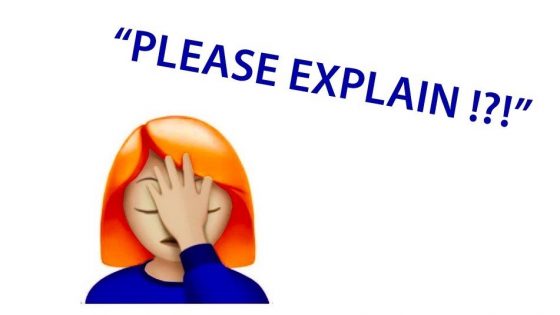Have you ever asked someone to “pass the Esky” when you want a drink from a cooler – even though it’s not actually branded as an Esky? Or perhaps you’ve asked a friend to give you a “Kleenex” when you need a tissue to blow your nose, even though it’s a supermarket homebrand product?
Any marketer will tell you that there’s no such thing as being too well-known. However, any IP lawyer may have a differing opinion if the way that people are using your brand name renders your trade mark redundant.
For instance, even without a description or a visual of the products, we know that an Esky refers to a cooler and that a Kleenex is a tissue because the brand names are frequently used in place of the name of the actual product. Using brand names in this fashion is more common than we realise (“Googled” anything lately?) and occurs when a brand name is so well-known that it becomes synonymous with the product itself.
So, what happens when a brand name is used in this way?
When brand names replace or become synonymous with particular products, irrespective of the what name is on the product, the brand essentially becomes a victim of its own success. The danger in this is that your registered trade mark becomes generic. This is commonly referred to as brand genericide.
What risks are there in a trade mark becoming generic?
When a brand name surpasses a company’s specific product to encompass a goods/services type as a whole, your trade mark may be in danger – and with it, your ability to protect your brand name from competitors cashing in on your name. After all, trade marks are not supposed to be descriptors.
Once your brand name becomes part of everyday language as a descriptor, ownership is much harder to prove and it can become difficult to defend against infringement from competitors. Should your trade mark be found to be generic, it can be revoked.
Many companies have been unfortunate enough to lose their trade marks due to this situation – in fact, many of the words you currently use to describe objects were once upon a time brand names protected by registered trade marks. Examples include ‘escalator’, ‘Aspirin’, ‘thermos’ and even humble kids toys such as ‘yo-yo’ and ‘frisbee’.
What steps can you take to protect your trade mark from becoming generic?
First, be careful in the way you market your brand name; do so in a way that doesn’t involve using your brand name as a verb – an example of this would be to say “use Google to search the Internet” instead of “Google the Internet.” This distinguishes the brand name from the action of searching. As part of this process, I also strongly encourage you to track how people are talking about and referring to your brand name so you can identify any issues early on and change your marketing approach to prevent a much bigger problem developing.
Having a registered trade mark enables you to protect your brand name from usage by competitors. Monitor public usage for any instances of trade mark infringement that could result in your brand name being watered down, by being used for purposes other than your own, and nip them in the bud – quickly.
Growing recognition and carving out a niche for your brand name costs time and money, so protecting it is vital. Being proactive can ensure that you don’t lose exclusive rights to your brand name. After all, can you imagine the pain that Bayer AG felt losing ‘Aspirin’ as a registered trade mark? No amount of ‘Aspirin’ could have relieved that commercial headache.
If you’re concerned that your trade mark may be at risk of becoming generic, please contact me on 0402136083 or emacfarlane@macfarlane.law to discuss possible corrective strategies.





